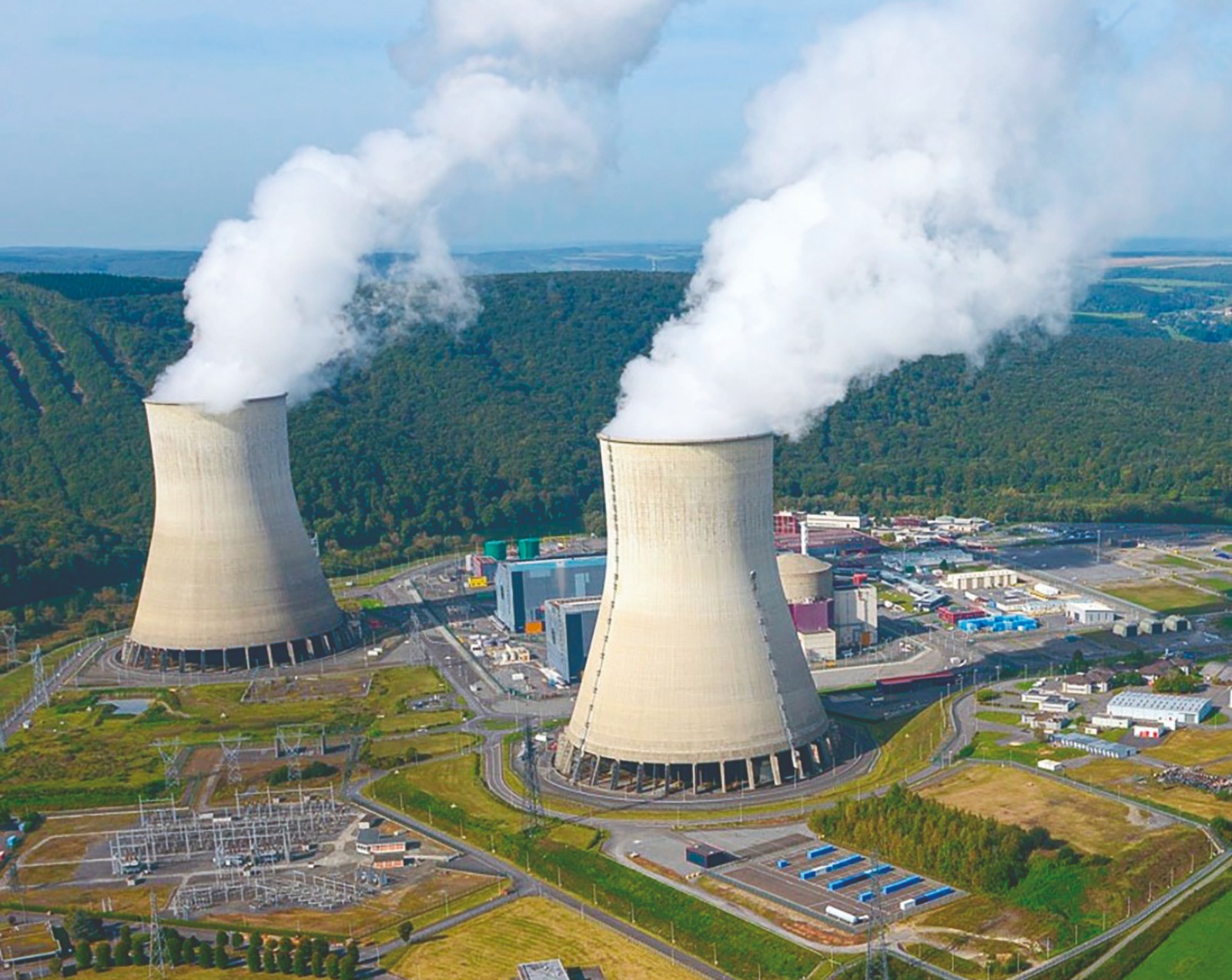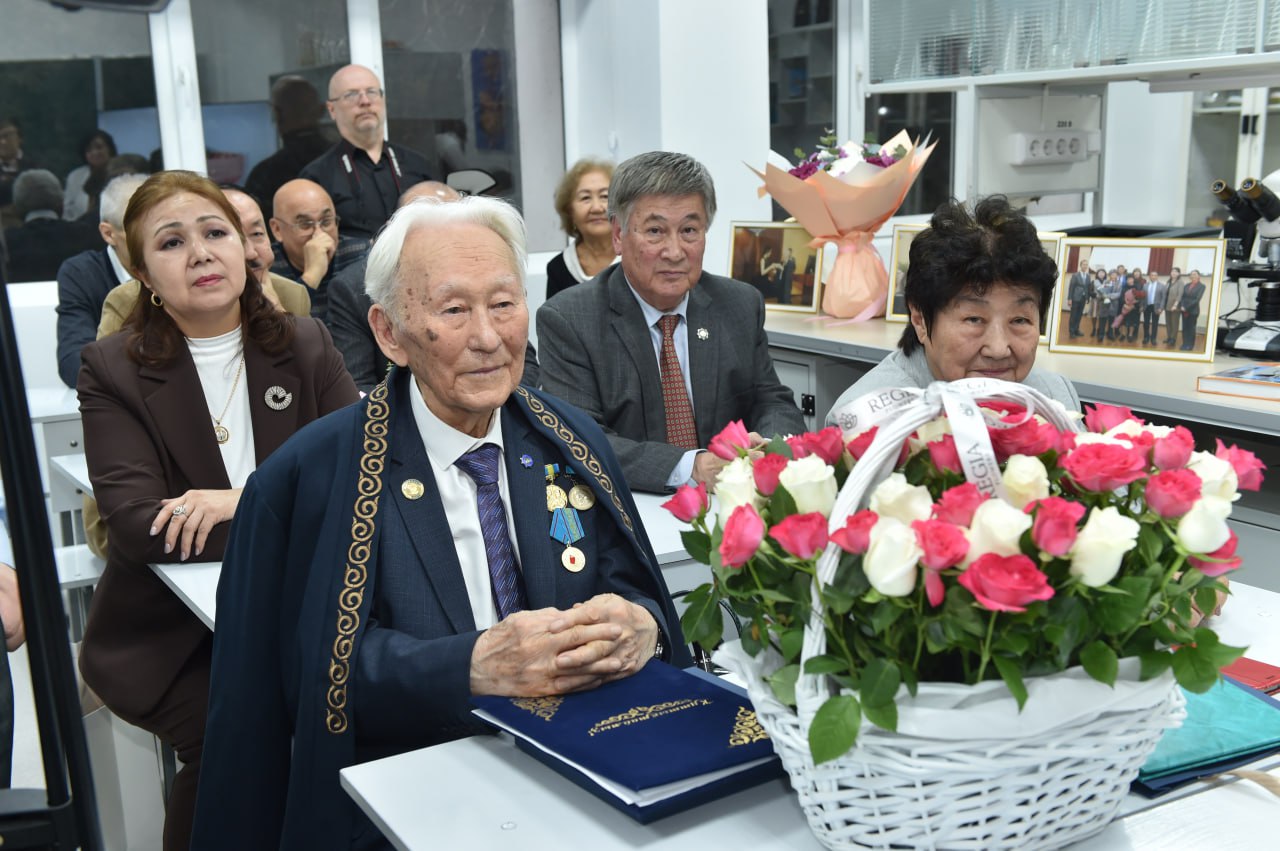What are the economic impacts of nuclear power plants?

Nuclear energy is a source of power that guarantees electricity supply, reduces pollutant emissions, decreases dependence on external energy sources, and generates stable electrical energy. Nuclear power accounts for approximately 15 percent of global electricity production.
The first nuclear power plant in the world was built in 1954 in Obninsk, Russia (USSR), with a capacity of 5 MW. Subsequently, nuclear power plants began operating in Calder Hall (UK) and Shippingport (USA). In the USA, nuclear plants supply 23% of the country's electricity, while in France, they provide 75%, and in Japan, 48%. The United States has the largest nuclear energy sector, with over 100 reactors, while France operates more than 50 nuclear plants. Among the 15 leading countries in electricity generation, all but Italy and Australia utilize nuclear energy to produce part of their electricity. The majority of nuclear reactor production capacities are located in North America, Europe, and Asia. In the early stages of nuclear energy development, North America (USA, Canada) dominated, but later European countries took the lead. The World Nuclear Association forecasts that by 2035, Asia will possess the largest nuclear capacity, primarily due to China’s ambitious construction programs.
Today, over 400 nuclear reactors are operational in more than 30 countries, with a total capacity of approximately 390 GW, generating 10.5% of the world’s electricity. Specifically: USA – 93, China – 57, France – 56, Russia – 37, South Korea – 25, Canada – 19, India – 19 (4 temporarily shut down), Ukraine – 15, Japan – 12 (21 temporarily shut down), UK – 9, Spain – 7, Pakistan – 6, Sweden – 6, Belgium – 5, Hungary – 5, Finland – 5, Czech Republic – 5, Switzerland – 4, Argentina – 3, UAE – 3, Belarus – 2, Brazil – 2, Mexico – 2, Romania – 2, Armenia – 1, Iran – 1, Netherlands – 1, Slovenia – 1. According to the International Atomic Energy Agency (IAEA), 58 reactors are under construction in 17 countries: China – 22, India – 8, Turkey – 4, South Korea – 3, Russia – 3, Egypt – 3, UK – 2, Japan – 2, Ukraine – 2, Bangladesh – 2, USA – 1, UAE – 1, Slovakia – 1, Iran – 1, France – 1, Brazil – 1, Argentina – 1. These countries, understanding the challenges of energy and the environment, are building new plants as they consider nuclear energy to be a key source for their present and future. China is the world leader in reactor construction, with 55 reactors operational. India follows with eight reactors, while Russia and Turkey have four, and South Korea has three. In 2022, Egypt started building its first nuclear power plant, with plans to construct another 100 plants.
Some countries have commissioned efficient reactors operating with fast neutrons. The first such reactor was built in Kazakhstan, providing fresh water and electricity to the city of Aktau. By the end of the 20th century, the total capacity of nuclear power plants worldwide reached 500,000 MW. Methods for directly generating electricity from nuclear energy (without turbines or electric generators) are also being researched. Particularly, international communities are involved in the development of thermonuclear energy. Such power plants are expected to solve the global energy supply issue once and for all. In Kazakhstan, the cities of Kurchatov in the Abai region and the village of Ulytau in the Almaty region have been selected as potential sites for nuclear power plants.
By 2035, the country’s economy and the growing electricity demand of the population will require over 18 GW of new generation. This means that by that time, the total electricity generation of existing power stations will reach 135 billion kWh, while current consumption is 152.4 billion kWh. This indicates that existing energy sources cannot meet the forecasted demand, nor can they fully cover current load requirements. The need to develop nuclear generation and maintain carbon neutrality on the global agenda includes increasing the share of clean electricity in the country’s electricity production, reducing the carbon impact on the economy, fulfilling Kazakhstan’s CO2 emission reduction commitments, and ensuring the stability of the country’s energy system, including supporting the growth of renewable energy.
In terms of Kazakhstan’s ecological situation, carbon dioxide (CO2) accounts for 81.6% of greenhouse gas emissions, primarily from fossil fuel combustion, while methane (CH4) from extraction processes contributes 12.4%, and nitrous oxide (N2O) accounts for 5.6%.
Nuclear energy is a key element of Kazakhstan’s energy policy. The future development of nuclear energy in the country has several significant advantages: it will diversify the country’s energy supply sources and reduce dependence on coal and gas; it is an environmentally friendly energy source that reduces greenhouse gas emissions; nuclear energy ensures the stability of energy supply, as nuclear power plants operate continuously and are not weather-dependent; the introduction of modern technologies will increase the efficiency and safety of nuclear plants; nuclear energy will contribute to the country’s technological development and create new jobs; the operation of nuclear plants will stimulate the economic growth of the regions where they are located; modern nuclear plants, by improving energy efficiency, can be integrated into smart grid systems; nuclear energy will reduce dependence on imported energy resources, strengthening the country’s energy independence; nuclear plants will provide long-term prospects for the development of Kazakhstan’s energy infrastructure; nuclear plants can be used for the production of hydrogen and other high-tech products; and the introduction of nuclear energy will support research and innovation in nuclear physics and technology.
In his address to the people of Kazakhstan, President Kassym-Jomart Tokayev stated: "Every day, our economy requires more and more energy. Nuclear energy can meet this demand." The President's mention of building nuclear power plants marks an important decision for our country. "Taking into account our long-term national interests and unique characteristics, we must think about the future. Therefore, I have repeatedly emphasized that the issue of nuclear power plant construction should be discussed broadly by the public, carefully examined, and decided upon only after extensive discussions," he added. "Currently, the role of energy in Kazakhstan’s economy is crucial. Ensuring energy security is one of our main tasks. Energy consumption in Kazakhstan is growing every year. However, the new energy sources being launched do not match this growth. Excess electricity production may soon be exhausted. In fact, the country’s development is directly tied to the stability of the energy sector," said Kassym-Jomart Tokayev.
According to the President, there is a global trend towards decarbonizing industry and the economy. European Union member states plan to reduce greenhouse gas emissions by 55% by 2030. A carbon tax will be introduced in the EU, which could significantly complicate the export of Kazakhstani products. Due to these new conditions, technical regulations, standards, and requirements for goods will change. By the President’s order, Kazakhstan is developing a concept to reduce carbon usage by 2050. Additionally, the government is working on a national project for the development of the electric power industry, and a national energy balance plan is being prepared for 2035.
"Kazakhstan is focusing on developing renewable and alternative energy sources. Our country has managed to increase the share of renewable energy sources in the overall energy balance structure to 3%. Previously, we aimed to increase this figure to 10% by 2030. Considering the current pace and new circumstances, I set the goal of increasing the share of renewable energy in electricity generation to 15% by 2030," the President stated.
Let us now explore the multiplier effect of nuclear power plant construction on the development of our sovereign nation. From a social impact perspective: the growth of scientific and technical potential, as well as the number of highly skilled personnel; the creation of up to 8,000 jobs during construction and up to 2,000 high-quality personnel during the operation phase; each job created in the construction of a nuclear plant results in over 10 jobs in related industries. From a technical impact perspective: the development of local industries, integrated use of fuel bases, and providing consumers with energy for over 60 years. Regarding economic impact: support for local businesses (approximately $2.5 to 3.5 billion in revenue during construction and installation works); over $2.5 to 3 billion in tax revenues throughout the plant’s life cycle; increased investment attractiveness of the country. From an environmental impact perspective: reducing greenhouse gas emissions by up to 10 million tons per year.
It is worth noting that Kazakhstan once had its own nuclear power plant. The country’s only nuclear plant in Aktau operated from 1973 to 1999. Currently, nuclear energy is not used in Kazakhstan, but the issue of building nuclear power plants is often raised. For example, in 2015, the President of Kazakhstan, N. Nazarbayev, and Japanese Prime Minister Shinzo Abe agreed on building a nuclear plant in Kazakhstan using Japanese technology. To understand the concept of nuclear power, we must first recognize that it is just one method of generating the electricity we use daily. To date, Kazakhstan primarily produces electricity from thermal and hydroelectric power plants. Nearly 90% of the electricity we consume comes from thermal power plants. In Kazakhstan, 70% of electricity is produced from coal, 14% from hydropower, 10% from natural gas, and 5% from oil.
However, there is already a noticeable electricity shortage. As a result, Kazakhstan imports electricity from neighboring countries. The alternative method of electricity generation we are discussing today is nuclear power—plants that convert nuclear energy into electricity. There are three stages in nuclear electricity generation. The first is extracting nuclear energy from uranium, followed by converting it into heat energy, and then converting it into mechanical energy. The steam generated drives a turbine, which powers an electricity generator. Over the next 50 years, humanity will require even more power sources than ever before, primarily due to the shift towards electric-powered technologies. Even today, there is growing demand for electric vehicles in Kazakhstan.
Russian scientist R. Alyev, who works at a nuclear power plant, compares the situation at nuclear power plants to aviation. He points out that when an accident occurs on a plane, everyone hears about it, yet thousands of flights take place every day. Despite this, airplanes remain one of the safest modes of transport. Countries that have abandoned nuclear power plants still have fears related to these issues. For example, after the Chernobyl disaster, Italy banned the construction of nuclear plants. After the Fukushima disaster, Japan stopped many of its nuclear plants. Germany also abandoned nuclear energy. However, Russia, China, France, and the USA continue to build and operate nuclear power plants. The UK is planning to build 20 new energy blocks and is also focusing on transitioning to electric vehicles.
In conclusion, the following recommendations are made: clarify the infrastructure needed for nuclear power plant construction and its implementation; entrust the construction of the plant to a company with experience in this area; establish a specialized authority as the responsible operator for the nuclear plant, granting it the status of direct accountability to the President; prepare and train specialists for nuclear power plants, enhance their qualifications, and stimulate scientific research in the field of nuclear physics and technology.
Galymzhan Kerimbek,
Associate Professor, Department of Finance and Accounting, Al-Farabi Kazakh National University
Other news


